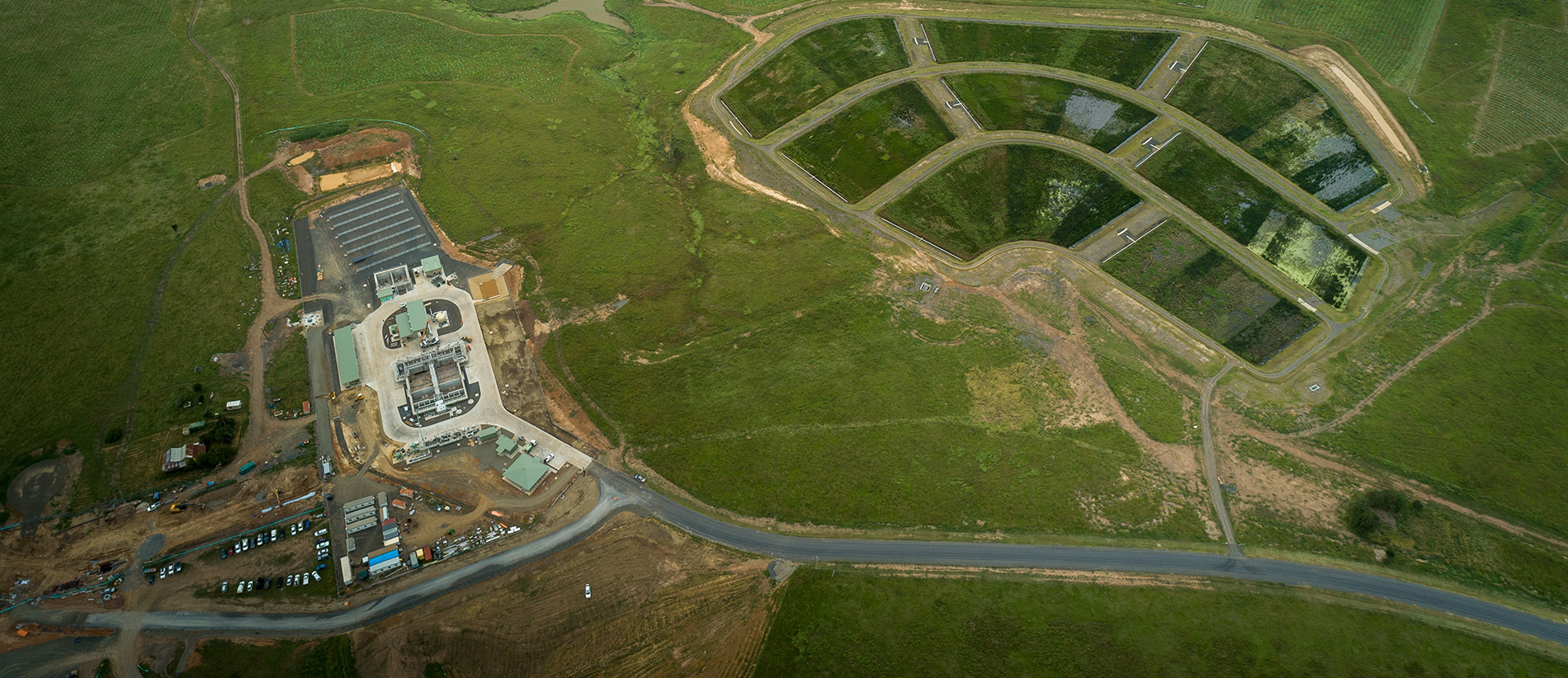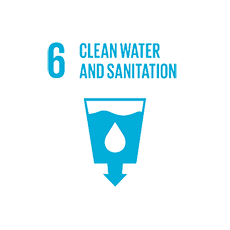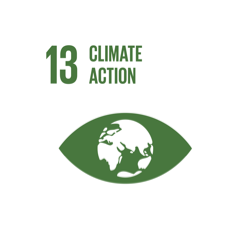
Case study
Cedar Grove Environmental Centre
A new wastewater treatment plant at Cedar Grove in the Logan region of South East Queensland was initially on the nose with the local community.
When Logan Water announced that planning of the wastewater treatment plant (WWTP) would commence, the local community was outraged. There were petitions and bad press.
Turning the tide of public anger was one hurdle to overcome. Another challenge was the environmental approval for the WWTP, with Queensland’s environmental regulator imposing the State’s strictest licence conditions in history.
But these challenges pushed Downer, our customer Logan Water, and delivery partners Cardno and WSP, to raise the bar for environmental and social outcomes in a WWTP.
Through innovation and collaboration with key stakeholder groups, the project team has transformed perceptions of the WWTP and engineered a Queensland first that sets new environmental standards.
We worked with Queensland’s environmental regulator to understand the project’s environmental risks and impacts. The result was the strictest environmental licence conditions in Queensland, requiring the facility to achieve a net positive contribution to the environment.
A number of innovations were implemented to achieve this, including:
- Producing ultra-low nutrient discharge using a biological treatment process (membrane bioreactor technology) and constructed wetlands to further treat the water from the WWTP. The combination of ultra-low nutrient effluent and wetlands will achieve a total nitrogen release of less than 1mg/litre and total phosphorous release of less than 0.5mg/litre
- Delivering a program to replant and rehabilitate sections of the Logan River banks upstream of the WWTP to prevent tonnes of nutrient-laden sediment from entering the waterway each year.
These environmental features were complemented by other initiatives, including:
- Reducing the environmental impacts of trunk pipeline construction by using horizontal directional drilling on long sections (up to 1.3 kilometres) to reduce vegetation clearing around waterways and koala habitat
- Planting 34,000 native trees on 37 hectares of the Cedar Grove site to offset approved vegetation removal by developers across Logan
- Integrating the effluent outfall pipeline in a fish ladder on Seqwater’s weir on the Logan River, preserving 3.3 megalitres of water per day in the weir pool which is a future drinking water resource
- Including a solar system to provide energy for WWTP operations
- Planning for the future reuse of recycled water from the WWTP for agricultural irrigation in the region.
These initiatives have helped reach a new level of environmental sustainability in a WWTP, but there was still work to be done to get the public on side.
The Cedar Grove Community Reference Group was established in 2018 to work with Logan City Council to prepare a masterplan for the site. The plan features community facilities including walking trails along the Logan River, picnic shelters, a wildlife habitat at the wetlands, a Landcare nursery and areas for community groups to hold events. As a result, the site will comprise around five per cent WWTP infrastructure and 95 per cent community facilities and nature reserve.
The project team has also supported local community groups throughout the development of the Environmental Centre.
Large dead red gum trees were removed from site and donated to the local Men’s Shed, who used the timber to create picnic tables for the community to use on-site. The team and local businesses also presented the Belong training group with $11,000 worth of tools and equipment which will assist the group’s trainees, who are studying Certificate 1 in Conservation and Land Management, to maintain planted areas and remove weeds at the centre.
The Cedar Grove Environmental Centre has also been recognised as an industry-leading project, named as a winner in the Queensland division of the 2020 Australian Engineering Excellence Awards.
This initiative demonstrates Downer’s contribution to achieve the following Sustainable Development Goals: #6 Clean water and sanitation; and #13 Climate action



